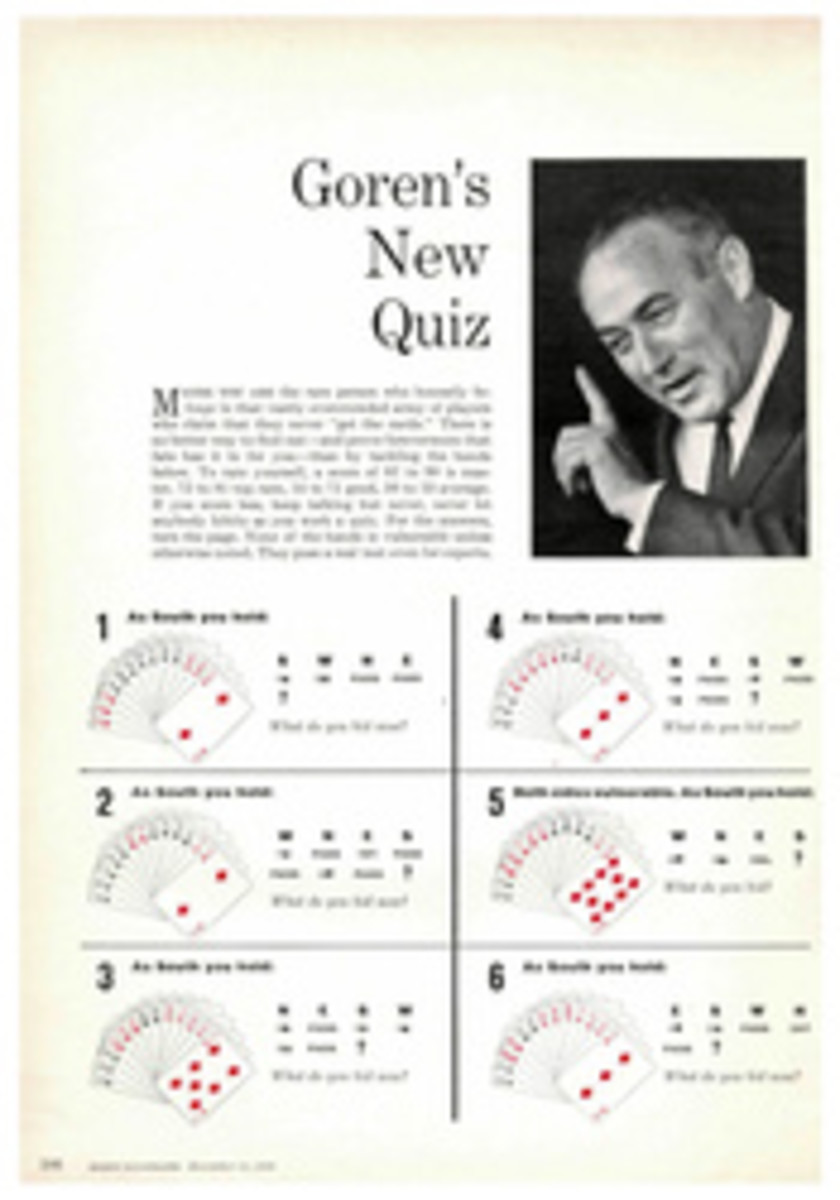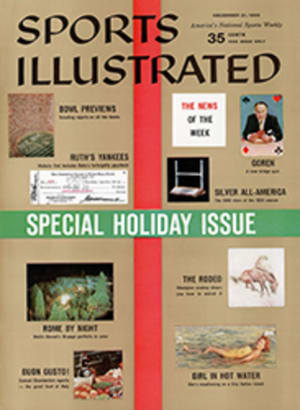
A Real Wild Town
New Yorkers periodically express amazement over evidence of wildlife within the limits of their sprawling city. They seem to think that because almost 8 million people are squeezed into this area there is no room for wild animals. Hence, a duck hawk diving on pigeons among Manhattan skyscrapers, a raccoon prowling the northern reaches of The Bronx or even a praying mantis scaring the wits out of Greenwich Villagers is cause for extended coverage in the newspapers.
Professional and amateur naturalists who make a habit of studying the natural wonders of the city tend to smirk at such reports. They are aware that despite its expanses of pavement and buildings the city supports a greatly varied flora and fauna. Numerous works on phases of nature in the big city have come from this group in the past; books, articles and pamphlets on mammals, birds, ferns, etc. Now John Kieran has wrapped up the subject in a comprehensive volume called A Natural History of New York City (Houghton Mifflin Company, $5.75).
OF INTEREST TO ALL
This book is not solely for New Yorkers. As Kieran says in his foreword, "It might well have been written by any of a hundred other persons on the wildlife of a hundred other large cities scattered over the globe." The creatures of which he writes are not confined to New York City. They may be found in the woods and yards of a wide area of the country. But when it comes to Kieran writing on nature in New York—you couldn't pick a better man for the job.
Kieran is a multipurpose individual. Some remember him as a sports-writer with The New York Times. Most persons recall his phenomenal display of knowledge and memory during the 12 years he was on the radio program Information Please. Others know him through his books on nature. But Kieran has achieved his greatest purpose in putting down the results of half a century of urban nature study. Born and raised in The Bronx, he began his nature ramblings in the Riverdale section and in the Van Cortlandt Park swamp, a place deeply loved by generations of nature students.
NO ADDENDA NEEDED
In presenting nature in New York Kieran doesn't resort to keys, charts or lengthy lists. Nor is his text augmented by color plates festooned with birds and flowers. The only illustrations are decorative drawings by Henry Bugbee Kane. Kieran's method is to move along at an easy pace through 406 pages, discussing the various groups species by species. This is a bold approach when the writer is dealing with the whole wildlife spectrum from algae to mammals.
At the outset he devotes three short chapters to the human history, the geology and the geography and climate of the city. Then he plunges into the monumental task of discussing each species. Obviously there are some groups, such as the insects, where it is impossible to deal with all species in such a book, but the 18-page index indicates the impressive number treated. To the nature student this method of handling the material is an uncommon delight. The average reader, however, may become a bit weary of so many birds, flowers and insects, and Kieran is the first to admit it.
After dealing with a lengthy array of warblers he says, "I have very good ears. They have been most helpful to me in finding birds in the field. They serve well elsewhere, too. At this moment, for instance, I can almost hear the reader muttering: 'Is the man mad? Is there no end to his romancing about wandering warblers he met on city property?' The good news is that the warbler story is almost ended. I have just two more members of the family to present."
To include such a passage in a book a man has to be sure of his ground. As far as I am concerned John Kieran can go on romancing about warblers, or any other group, as long as he pleases.

